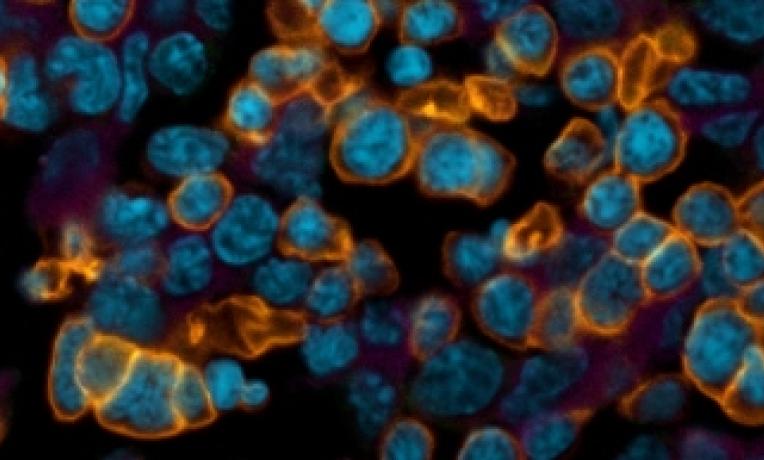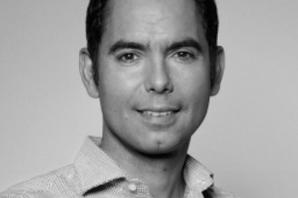Stem cells: from frontier research project to promising spin-off company
Haematopoietic Stem Cells (HSCs) are blood cells located in the bone marrow. These cells are extensively used in research to develop treatments for many severe diseases, including HIV and multiple sclerosis, and their transplant is a key therapy for certain types of cancer like leukemia and multiple myeloma. However, the use of HSCs is seriously constrained by their limited availability since growing them in the lab does not produce very large quantities. There is therefore an urgent need for methods allowing scientists to multiply HSCs, without losing any of their properties.

Through his RETIMMUNEFUNCTION project, funded by the ERC, Dr Henrique Veiga Fernandes, focusing on the functioning of immune cells, discovered that some proteins - called neurotrophic factors - have a boosting effect on the HSCs expansion when introduced in culturing media. This process, that ensures a 20-fold increase in the amount of HSCs generated, has been internationally recognized as a ground-breaking innovation and is protected by a patent. As these findings could have a strong impact on research and healthcare business, the ERC supported Dr Veiga Fernandes with an additional Proof of Concept Grant to initiate a market survey and establish contacts within the biotech industry with the aim of commercializing the newly-found technology.
Thanks to the contribution of the Portuguese Busy Angels Venture Capital Investors, in 2014 Dr Veiga Fernandes and associates were able to set up StemCell2MAX, a start-up based in Portugal. One year after its creation, in November 2015, StemCell2MAX was awarded the Prize as the Most investable company at the Global Investor Summit, organised by EBAN, the European Business Angels Network, in Copenhagen.
The increase in the production of HSCs at a reduced price could drive research in stem cell biology and could bring huge societal benefits: HSC transplants would be applicable and affordable to many more patients and novel treatment options for many diseases could be explored. Moreover, it represents a significant commercial opportunity as world-leading pharmaceutical companies increasingly turn to the development of stem cell therapies.


